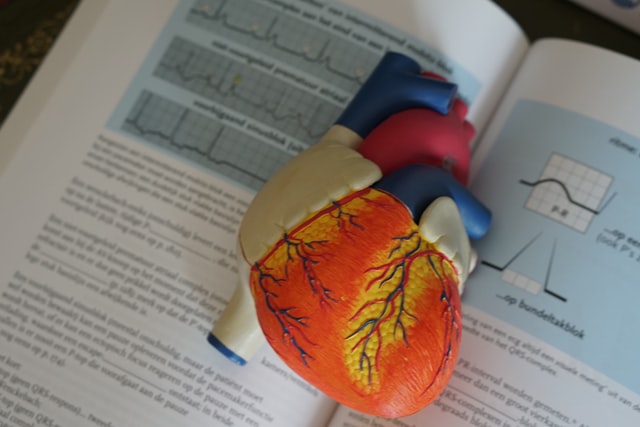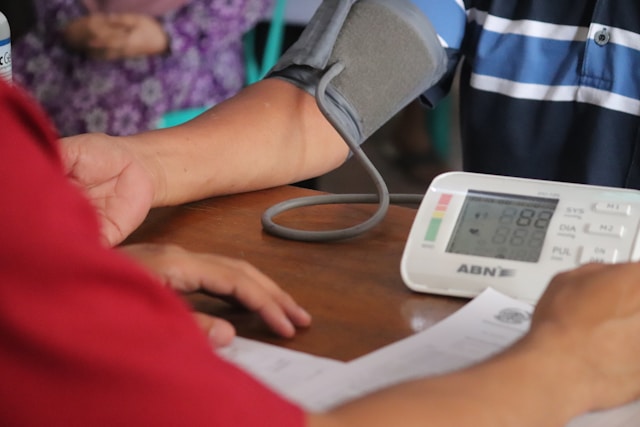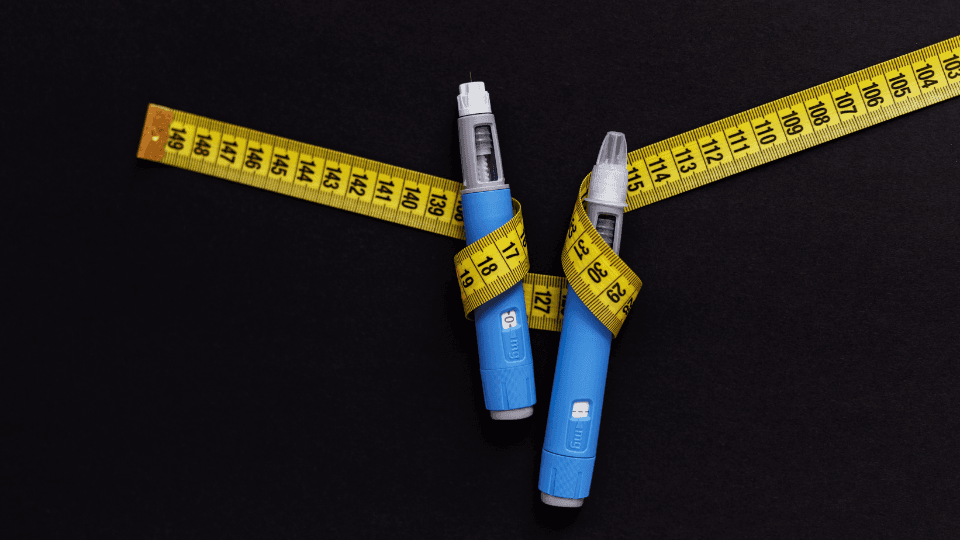Back
Feb 16, 2022
Heart rate variability

Austin McGehee | Physical Therapist
The new fitness metric you need to know about
Did you know that our heart does not beat in a perfectly timed rhythm? In fact, some beat-to-beat variability is normal and could well be one of the most important health and fitness metrics we have access to! Let’s dive in…
What is heart rate variability (HRV)?
Your heart is not a metronome, it has some variance of time (milliseconds) between beats. The measurement of this timing variability is known as heart rate variability (HRV). The variation and length between each beat can be affected by many variables and can be measured as a higher variance (high HRV) and a more consistent variance (low HRV). It is important to understand that there are no absolute values that are considered “high” or “low”. You will need to measure your HRV for at least a week to establish a baseline and what is normal for you.
Why Should I Assess My HRV Values?
The system that controls HRV is known as the autonomic nervous system (ANS). The ANS controls a few body functions overall such as heart rate, temperature, respiratory rate, and blood pressure. In regards to HRV, the ANS controls our sympathetic nervous system (“fight-or-flight”) and our parasympathetic nervous system (“rest and digest”). There is a balancing act of the two systems that directly impacts the heart’s activity and variability that can be silent, active, or shouting over each other. Overall, it can reflect the heart’s ability to respond to certain situations and provides insights into stress levels, recovery status, and general wellbeing.
Specifically, the sympathetic nervous system tells the heart to speed up and gives less time and space for your heart to have variability as your heart beats are closer together. This provides a lower HRV, which can occur from chronic stress, “fight-or-flight” situations, illness, fatigue, or overtraining. On the other hand, the parasympathetic nervous system tells the heart to slow down and make room for variability between heartbeats. Subsequently, a higher HRV is observed and allows more time for variability. A higher HRV displays our fitness and ability to recover after a workout or stressful event.
Think of heart rate variability as a training fuel gauge
On days when a low HRV is noted, consider cancelling any high-intensity or demanding workouts or choosing a more achievable exercise session. Your body may already be taxed and stressed out due to chronic stress, hydration, or an illness.
Conversely, if your HRV is high then your body is ready to work! You are prepared to take on some stress and should consider trying for a tough workout to maximise your fitness gains.
If your training gauge is nearing empty and has been for a while, it is imperative to determine what factors are leading to lower HRV value. Assessing lifestyle factors like sleep, programmed exercise, stress management, and diet could help improve your HRV value. It is important to monitor your HRV over a long period, as there may be some acute spikes in the values that are normal in your daily routines, but a long term trend of improving your fitness and health appropriately should allow for an overall increase in HRV. Many of our wearable fitness tracking technology has the tools to measure our personalized trends of HRV values.
Overall, HRV is an important diagnostic and monitoring tool to understand how your nervous system responds to a variety of situations and can help guide you to perform optimally in a wide variety of circumstances.













